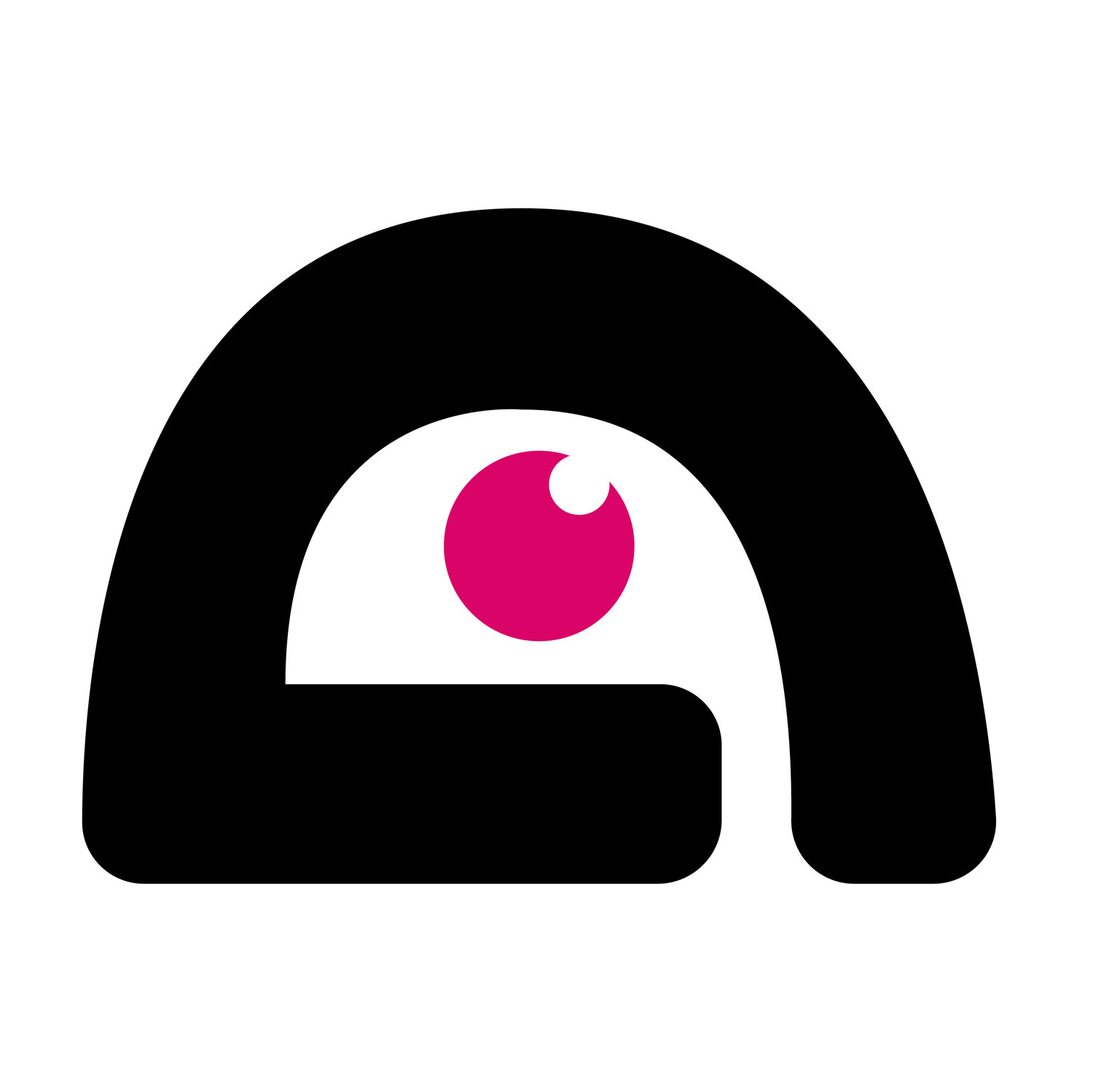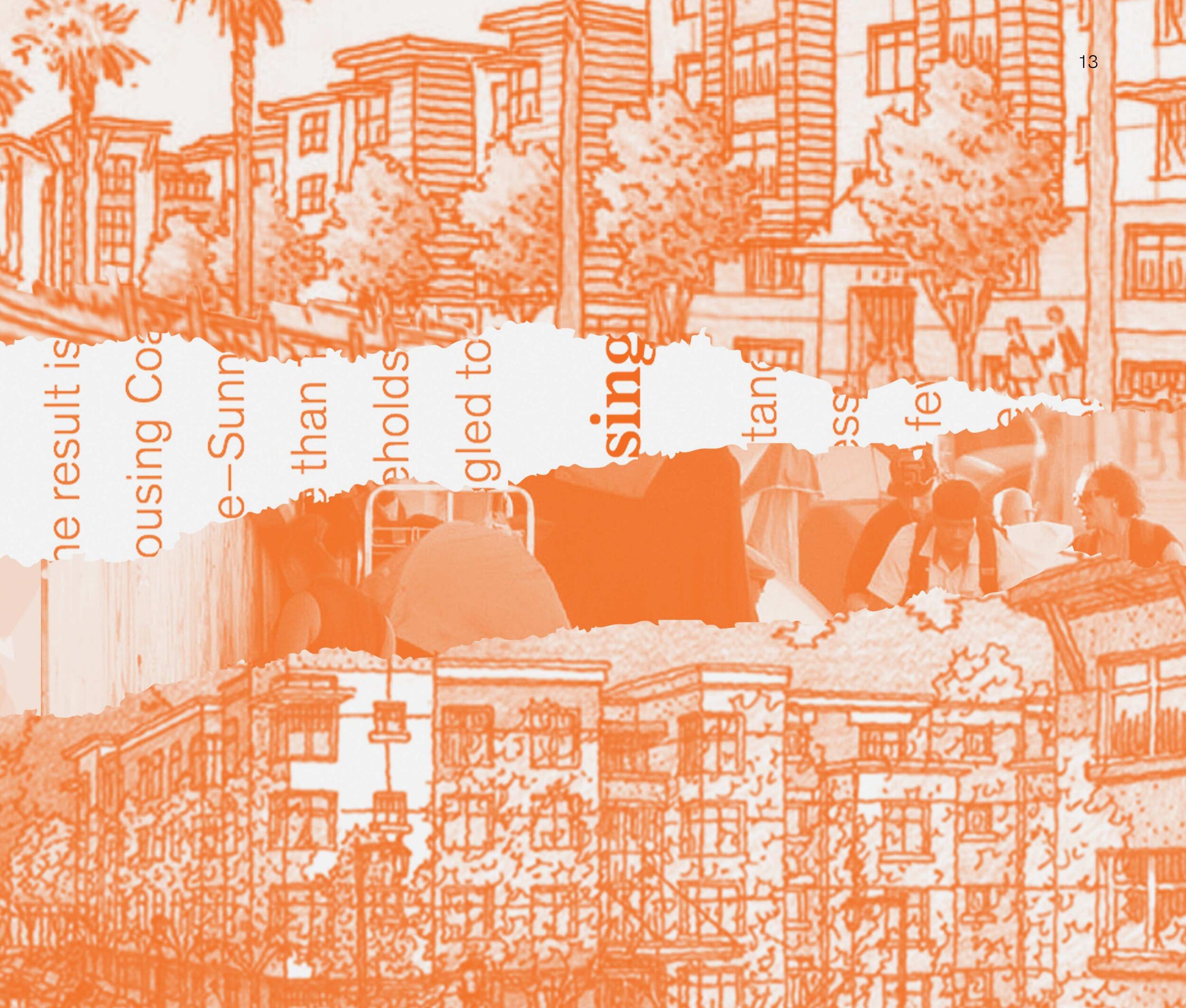USER EXPERIENCE CO-DESIGN WITH THE UNHOUSED COMMUNITY OF SANTA CRUZ, CA FOR SOCIAL GOOD
INTERACTIVE CASE STUDY LINK
TARGET AUDIENCE
Designers, Community Organizers,
Non-profit Organizations
BACKGROUND
Designers carry a responsibility to critique their own process and be held accountable by community members they are designing for. Effectively, the focus on the process, tools, and methodologies carried out in co-design hold far greater importance than any polished final product.
During the COVID-19 pandemic, I had the opportunity to apply inclusive UX design principles to a real-world public health crisis—partnering with the unhoused community in Santa Cruz to co-develop a plan that ultimately helped vaccinate over 2,000 individuals.
DESIGN PROBLEM
The covid-19 pandemic illuminated the long-standing consequences of city policies, income inequality, and gentrification. These factors put Unhoused individuals at a heightened risk of infection, and assistance systems are struggling to keep up with demand and be incorporated sufficiently into community-level public health and economic recovery activities.
It is important to address the net power imbalance between designers and the communities we are working to co-design with.
Thus, we worked to design intentionally for a marginalized group, I recognized early on that traditional public health approaches weren’t reaching people experiencing homelessness.
DESIGN SOLUTION
By critiquing their process, designers can break down the methodologies that reinforce the current societal hierarchy and fight against the erasure of unhoused communities. Thereby, designers must delve deeper into complex social issues to create empowering lasting outcomes by de-centering themselves in these conversations. Working with unhoused community members can provide insights into the specific needs, goals, and values of those community members. Furthermore, co-creating with the unhoused and relinquishing power to them will drive change and ultimately open full access to power instead of perpetuating an oppressive system that holds control in the hands of designers.
To center the marginalized community, I led a series of stakeholder meetings that included the County of Santa Cruz’s Health Services Agency, the Homeless Persons Health Project, Food Not Bombs, and the Santa Cruz Homeless Union. At the center of it all were the voices of unhoused individuals themselves—whose lived experiences, challenges, and feedback shaped the solution from the ground up.
We co-designed a user journey for both the Moderna and Johnson & Johnson vaccine processes, taking into account barriers like transportation, documentation requirements, and trust in the medical system. I conducted surveys at the San Lorenzo Park encampment, created service blueprints and user flows in collaboration with public health professionals, and synthesized our findings into a multidisciplinary case study, informational tools, and a best practices zine for outreach in homeless spaces.
This work reflected my belief that design is not just about creating interfaces—it’s about decentering ourselves as designers and co-creating with the communities we serve. Our thoughtful, inclusive design process for the vaccine rollout not only met the needs of the unhoused—it also provided a model for more equitable and human-centered public health outreach.
SOFTWARE
Illustrator | InDesign | Photoshop
A Guide to Working in Homeless Spaces Instagram Story Series
A Zine for Working in Homeless Spaces
Final Thesis Book
Co-Designed Animation with Unhoused Resident Dylan
The Advocate’s Guide to the Streets
Data and information gathered from Facebook Homeless Advocacy Groups. An opening to the various possibilities and documentations of the real-life experiences of unhoused communities.



























